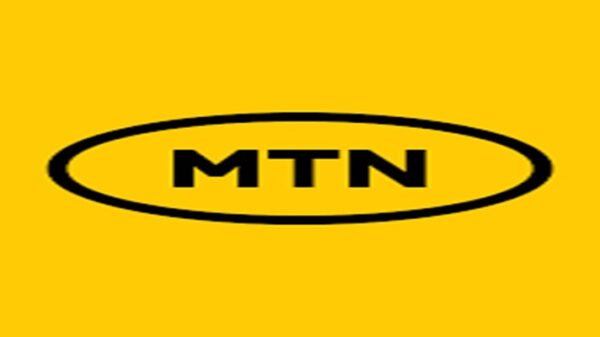By Dharshan Naidoo, Squad Lead (Pan Africa) at Infobip
In the current era of remote work, companies that have not yet implemented unified communications as a communication platform for employees may find themselves at a disadvantage compared to their competitors who have already made the transition.
Unified communications is a technology that integrates various communication tools, including voice, video, chat, email, and more, into a unified platform. In a hybrid workplace, where employees are spread across various locations, adopting unified communications can facilitate seamless communication and collaboration.
More than just being a single tool or product, unified communications is a collection of solutions that organisations can implement to ensure that their different communication technologies work in a simplified, smooth, and secure manner.
This essentially enables collaboration among employees, as unified communication systems make it easier to share ideas quickly and enables individuals to work in groups, regardless of their physical location. This is particularly important in a post-COVID-19 world where some people still work from home, while some have returned to an office environment, yet all need access to the same resources and latest documents in real time.
Numerous benefits
Adopting unified communications can hold many benefits for the hybrid workplace, including the flexibility it brings to the workforce – working both remotely and in an office setting – in terms of enabling employees to stay connected from wherever and whenever. Employees can literally be anywhere in the world, on any device, and still be able to connect with their colleagues. The flexibility of unified communications goes a long way to bridge the physical distance between individuals.
Additionally, unified communications provide individuals with their channel of choice to engage with their peers, while also enhancing a corporate culture and collaboration which facilitates the building of a unique hybrid community within an organisation. Unified communications can also create personalised experiences, as every individual is different. How one person chooses to work from a remote location and the channels they prefer might differ from their peers.
However, the most important benefit of unified communications is its ability to improve productivity, which was an unexpected outcome for many companies that adopted unified communications platforms during the pandemic.
Improving work-life balance
At the same time, while improving productivity, unified communications has the potential to improve the work-life balance of employees in a hybrid workplace, as the platform can increase flexibility through mobility. With this platform, employees are no longer confined to their desks and are relieved of the need to commute for work or attend in-person meetings. This gives individuals a valuable opportunity to reclaim time that was previously unavailable to them. They are now able to allocate this regained time to activities that hold personal significance, such as spending quality moments with their families or pursuing their hobbies and interests.
To get the most out of their unified communications platforms, organisations must ensure that they take into account the opinions, needs and expectations of their employees – the individuals who will actually be using these tools and solutions on a daily basis. Many companies leave these decisions to senior management and end up investing in solutions that do not positively impact the day-to-day activities of their employees.
Security is key
Another key consideration when adopting unified communications tools is the issue of security and the fact that unified communications platforms broaden the attack surface of organisations, making them more vulnerable to attack. The increased risk stems from employees connecting to an organisation’s network remotely, or it might be inherent in a particular channel that has a security weakness.
To navigate these hazards, companies should ensure that employees only connect remotely via a virtual private network, which adds another layer of security. Additional security layers can also be added, including two-factor authentication and single sign-on capabilities.
Ultimately, unified communications can power the modern-day hybrid workplace by facilitating seamless communication and collaboration, increasing productivity, and improving the work-life balance for employees.
![]()




























































